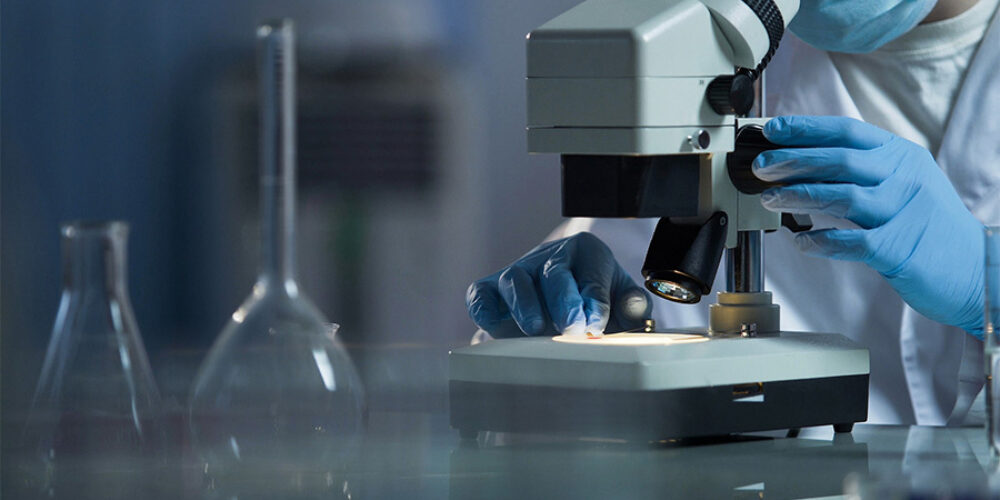Introduction
- The environment created by a 3D culture model allows reconstitution of the natural cellular physiology by promoting the complex cell-cell and cell-matrix network communications found in vivo.
- For imaging purposes, microtissues are formed using round bottom ultra-low adhesion cell culture plates which promote aggregation of cells into functional 3D microtissues.
- Microtissues can be formed from single or co-cultured cell populations and their longevity permits use in long-term repeat dose toxicity studies to investigate any cumulative effect.
- The combination of biologically relevant in vitro 3D cell-based models with multiparametric HCS assays presents a viable screening strategy for the detection of novel therapeutics that cause toxicity early in drug development.

